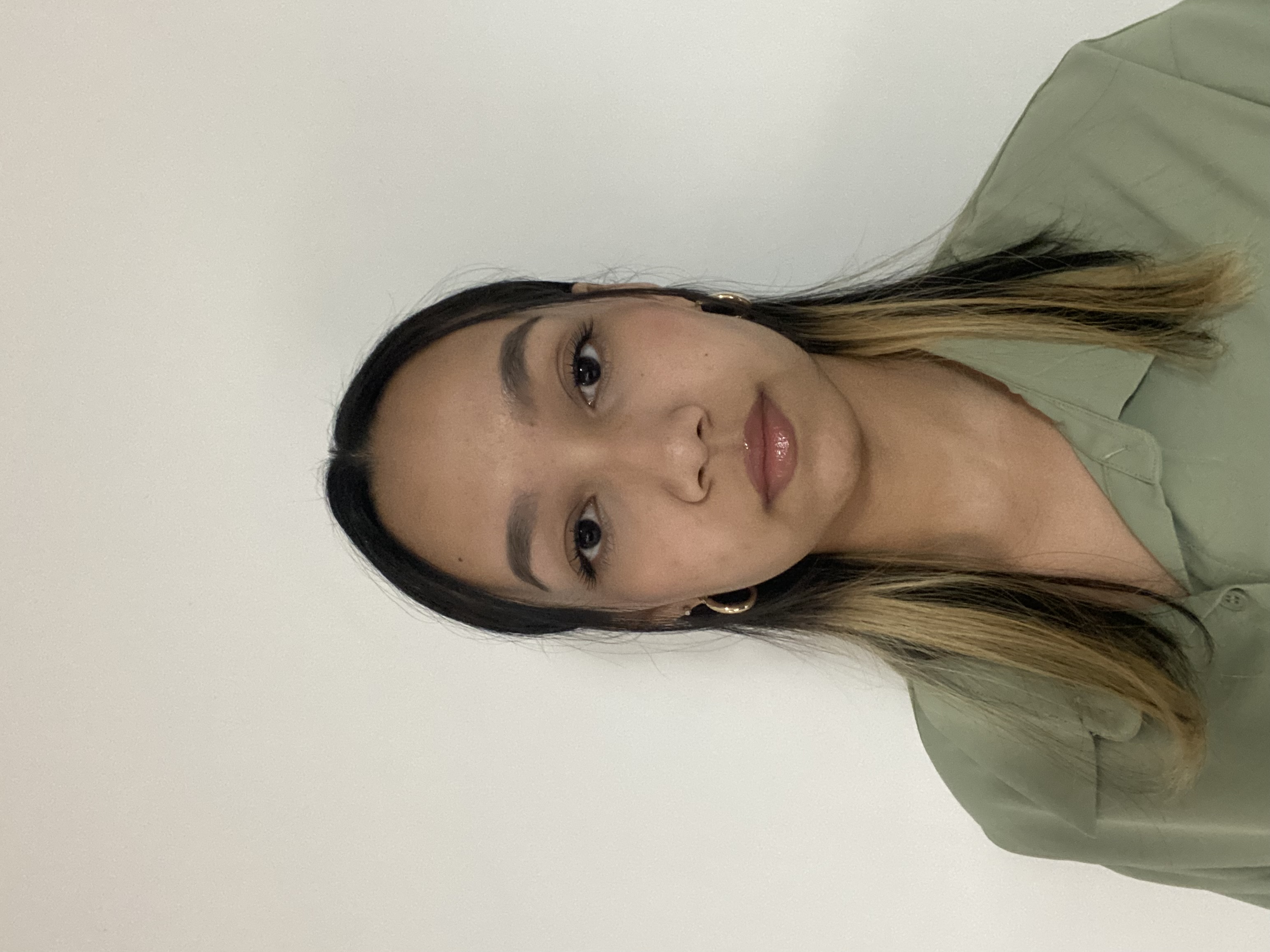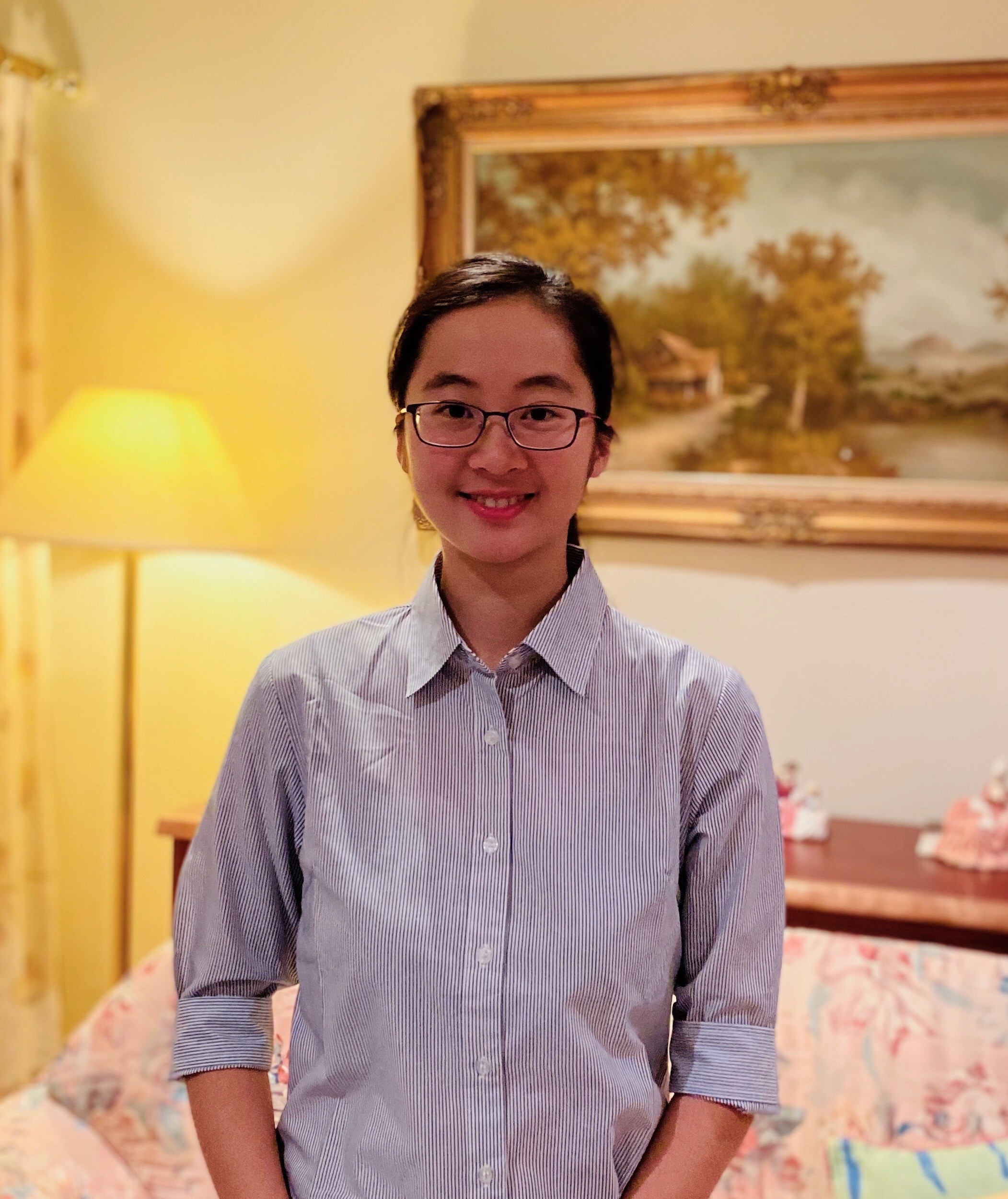Sarah Kawaguchi
Image compression using convolutional networks
Convolutional networks can be used for image representation, therefore an autoencoder network structure can be used for encoding images into a compressed form. In this project, I will examine the effect of network depth on the accuracy of the image representation and speed. This requires creating the convolutional autoencoder and training it using standard image sets on the WSU high performance computer system. I will also compare the results to standard JPEG compression.

Sarah Kawaguchi
Western Sydney University
Sarah Kawaguchi is currently a second-year student at Western Sydney University, studying bachelor’s of Data Science with a minor in Artificial Intelligence. Sarah is multilingual, she speaks Arabic, Japanese, and English. And after completing her British A-levels, she chose Australia to study in as an international student.
Sarah has always had a passion for mathematics so she decided to pursue Data Science, and after joining university, she discovered a passion for technology and coding which led her to Artificial Intelligence and her current job which involves creating STEM related courses and tutoring them across high schools in Sydney. Some of the courses she delivers involve python and Arduino.
Sarah aspires to gain more experience to further her career by working in various fields and handling different types of data such as medical data and she hopes to pursue further studies and research in the future.




